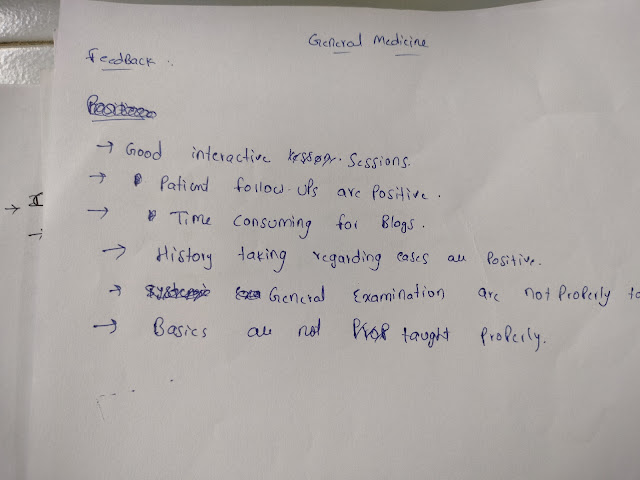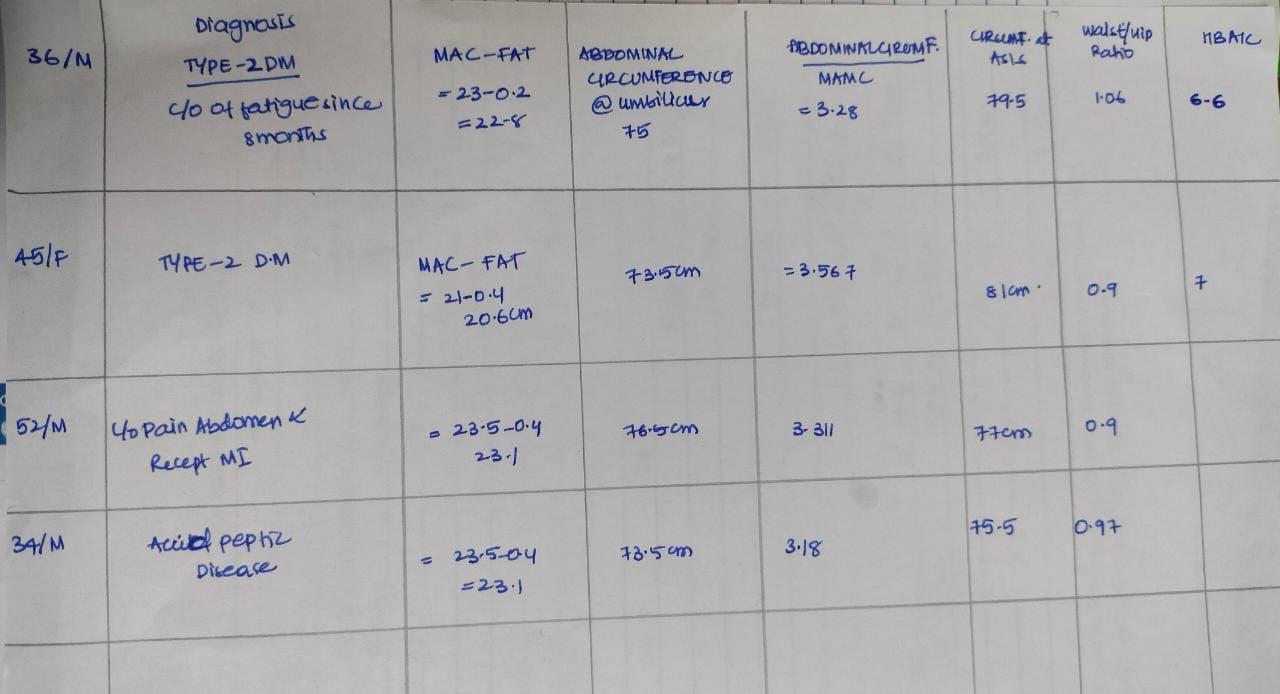NEUROLOGY 2b
Cerebral Ataxia
Question no 1
Answer – patient had de novo hypertension and did not take regular medications.
7 days before hospitalization he had giddiness and an episode of vomiting on the same day
After 3 days of being asymptomatic, he again had giddiness which was sudden in onset and continuous
Severity of giddiness increased upon getting up from bed and while walking
Bilateral hearing loss, aural fullness, tinnitus was associated with this
Also had 2-3 episodes of vomiting per day
Anatomical localization of the problem – infarct in the right inferior cerebellar hemisphere
A cerebellar infarct is a type cerebrovascular event involving posterior cranial fossa involving mainly cerebellum.it results in impaired perfusion which reduces oxygen delivery and causes deficits in motor and balance control
Etiology
Cerebellar infarcts are divided into two types ischemic and hemorrhagic events
Ischemic strokes are caused by arterial obstruction that impair blood and oxygen delivery directly.
These can be further subdivided into source of obstruction in the blood vessel
-migration from heart /directly at the vasculature
Thrombotic phenomenon can occur in small or large vessels and can travel from large to small vessels. These can be due to atherosclerosis or other vasculopathies. Emboli that occur from heart are either due to pump failure or due to irregular heart rhythm that disrupts smooth blood transit as in atrial flutter or fibrillation. Cerebral venous thrombosis can cause obstructed venous outflow resulting in infarction or hemorrhage
In contrast to ischemic strokes, hemorrhagic strokes are usually caused by arterial bleeding that directly damages brain tissue and obstructs vascular flow by elevated local pressure. these usually occur spontaneously especially inpatients with long standing hypertension or long-term anticoagulant or antiplatelet therapy. Secondary hemorrhagic conversion can also occur from ischemic infarcts, damaged tissue due to tumor or trauma
Question no 2
Answer -
Ecosprin+clopidogrel – antiplatelet drugs
Ecosprin or aspirin is a thromboxane synthesis inhibitor that acetylates and irreversibly inactivates COX 1 and TX synthase. TXA2 is the main arachidonic acid product produced by platelets that change the shape of platelets and help in aggregation and adhesion this is inhibited
Clopidogrel is a P2Y12 receptor blocker that blocks the function i.e., when the receptor gets activated through ADP it in turn activates platelets
DAPT (dual antiplatelet therapy) is beneficial only in short term therapy, whereas in long term therapy it may cause hemorrhage
Veratin – antihistamine drug
It is used as an antivertigo it reduces the symptom of the patient by causing CNS depression
Zofer inj. – antiemetic
used to treat symptoms of nausea and vomiting
It blocks the depolarization action of 5-HT through 5-HT3 receptors on vagal afferents in git as well as in NTZ and CTZ
atrovostatin – hypolipidemic drug
used to decrease LDL and cholesterol
Question no 3
Answer –
Yes, Hemorrhagic stroke can be caused by prolonged hypertension like de novo hypertension in this patient and not using medication. By treating hypertension, we can reduce the symptoms of cerebellar infarct like giddiness, nausea and headache
Question no 4
Answer-
Yes, moderate and high intakes of alcohol have been documented to have deleterious physiological effects like impaired fibrinolysis and increased platelet activation ,blood pressure and heart rate which can be a risk for an ischemic stroke



Comments
Post a Comment